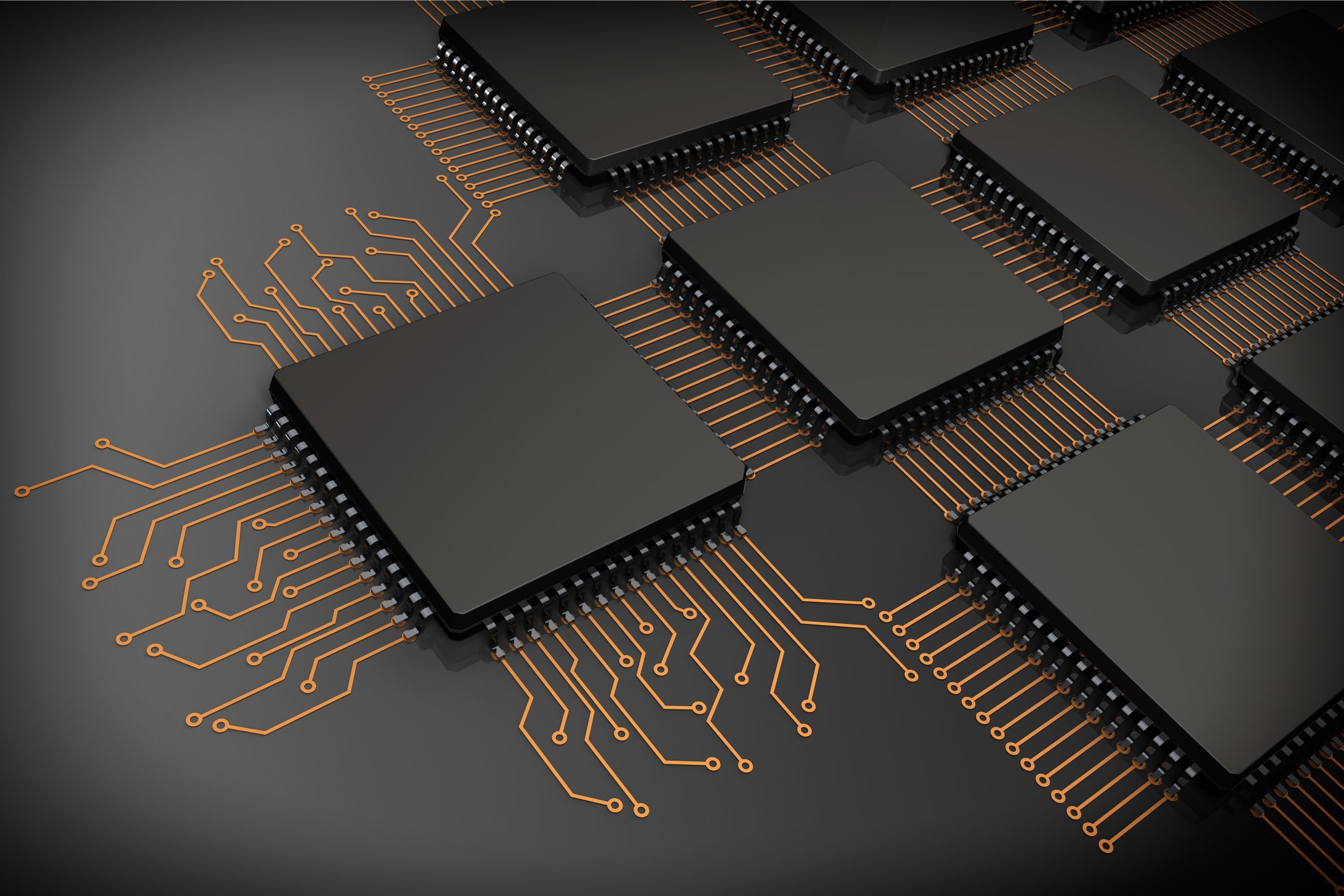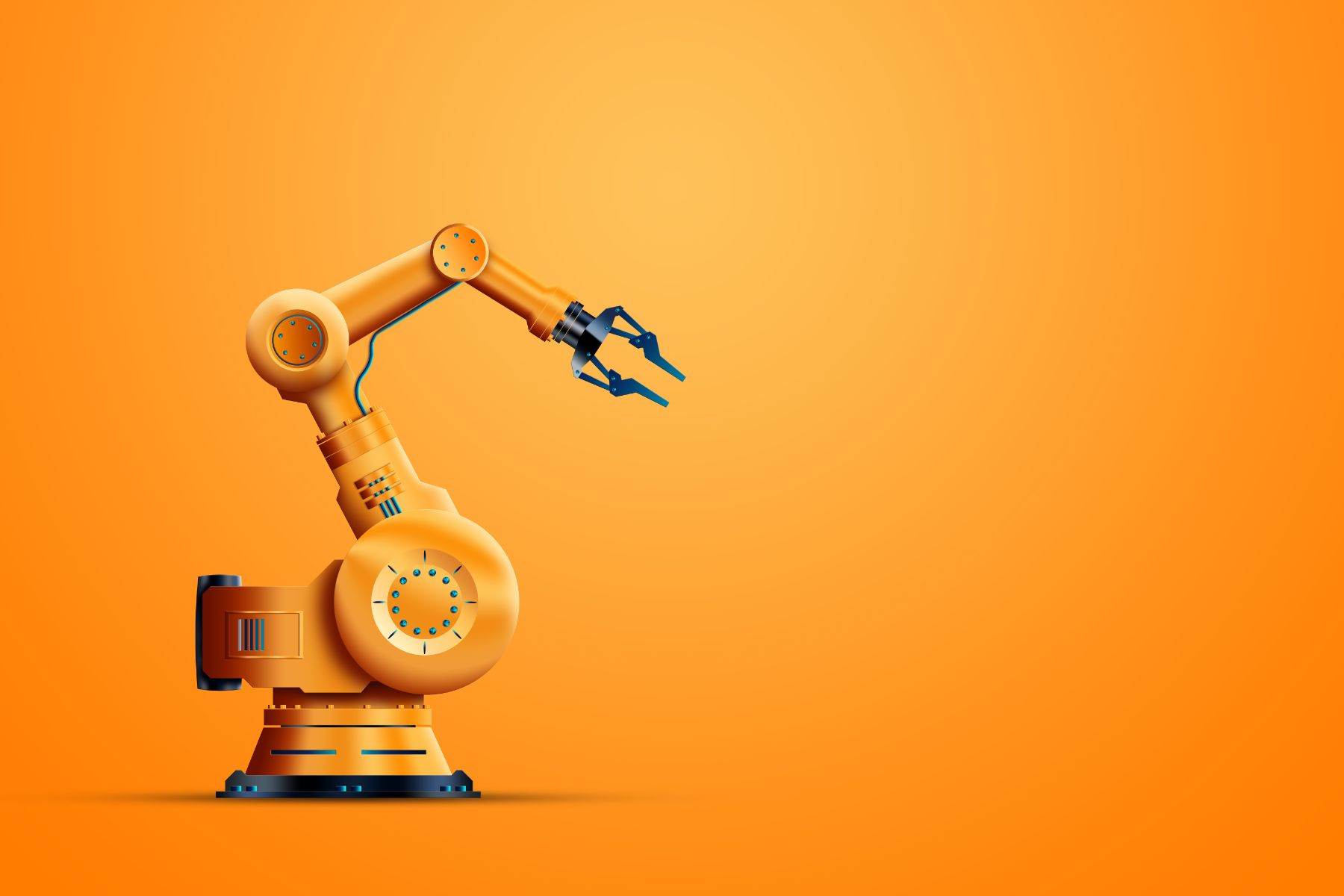Performs Well Along With Robots? The Method AI Robots and also Humans Connect.
Criticize it on HAL 9000, Clippy’s continual happy disturbances, or even any type of maritime unit leading distribution vehicle drivers to blind places. In the work area, individuals and also robotics do not always hit it off.
As more artificial intellect units and robots help individual labourers, developing count between them is essential to performing the task. One College of Georgia professor seeks to bridge that space and help from the United States armed force.
Aaron Schecter, an assistant teacher in the Terry University’s team of control info units, obtained a pair of grants worth almost $2 thousand coming from the USA Soldiers to analyze the interaction between human and robot staff. While AI in residence can assist in order groceries, AI on the battlefield offers a much riskier collection of circumstances– crew communication and count on can be a matter of life and death.
In the field for the Army, they wish to have a robotic or AI certainly not handled through a human that is doing a feature that will unload some burden from humans,” Schecter stated. “There is undoubtedly a desire to have people not react improperly to that.
While sights of military robotics may study “Terminator” region, Schecter revealed very most crawlers, as well as bodies in progression, are implied to transfer massive bunches or even supply advanced looking– a walking system brings ammo as well as water; therefore, soldiers may not be troubled with 80 extra pounds of gear.
Or envision a drone that isn’t remote-controlled, he said. It’s flying over you like a household pet bird, surveilling in front of you as well as supplying voice responses like, ‘I recommend taking this course.
But those crawlers are just dependable if they are certainly not obtaining soldiers fired or leading all of them into a threat.
Schecter mentioned that our experts don’t wish folks to loathe the robotic, dislike it, or ignore it. You have to agree to trust it in urgent situations for all of them to be efficient. Therefore, how do our experts make people trust fund robotics? How do we receive individuals to count on AI?
Rick Watson, Regents Instructor and also J. Rex Fuqua Distinguished Chair for Web Approach, is Schecter’s co-author on some AI staffs investigation. He believes analyzing exactly how humans and devices interact will be more vital as AI cultivates more completely.
Knowing limitations
I think our experts’re visiting a considerable amount of new treatments for AI, as well as our company are visiting need to know when it operates well, Watson claimed. Our team can easily avoid the scenarios where it poses a risk to people or even where it gets hard to validate a decision because our team do not know exactly how an AI unit recommended it where it’s a black box. We need to know its restrictions.
When AI devices and robots work properly, Schecter has driven to take what he knows regarding individual staff and use it to human-robot staff aspects, understanding.
My study is much less interested in the layout and the elements of how the robotic operates; it’s more the mental side of it, Schecter pointed out. What are the mechanisms that generate depend on? How do our company make all of them participate? If the robotic mess up, can you eliminate it?
When individuals are even more likely to take a robotic’s guidance, Schecter first gathered relevant information. At that point, in a collection of ventures financed by the Soldiers Research Workplace, he studied just how human beings took advice from machines and contrasted it to suggestions from other individuals.
Relying on algorithms
Schecter’s staff offered guinea an organizing duty in one project, like pulling the shortest route between 2 factors on a map. He found folks were more likely to count on advice from a protocol than from an additional individual. In one more, his staff located proof that people may rely on protocols for various other duties, like lateral thinking or even thinking.
Our company’s looking at how an algorithm or AI can easily influence an individual’s decision-making, he claimed. When individuals are doing one thing more logical, they trust a pc more.
In various research studies focused on how human beings and robots interact, Schecter’s crew presented greater than 300 based on VERO, a bogus AI aide taking the form of a humanlike spring season. If you always remember Clippy (Microsoft computer-animated assistance bot), this resembles Clippy on anabolic steroids; he points out.
In the course of the practices on Zoom, three-person teams did team-building jobs such as discovering the optimum variety of usages for a paper fastener or even listing items required for survival on a desert isle. After that, VERO showed up.
Searching for an excellent partnership
It’s this avatar floating back and forth– it possessed coils that resembled a springtime and also would certainly extend and also contract when it wanted to talk, Schecter pointed out. It mentions, ‘Hello, my name is VERO. I may aid you with a range of various points. I possess natural voice handling capabilities.
It was an analysis study aide with a vocal modulator running VERO. Occasionally VERO delivered helpful pointers like different uses for the paperclip; other times, it participated as a moderator, delivering with a ‘nice work, people!’ or even encouraging additional restrained teammates to contribute suggestions.
Schecter stated that individuals loathed that disorder, keeping in mind that less than 10% of attendees caught on to the ruse. They felt like, ‘Stupid VERO!’ They were thus suggested to it.
Schecter’s goal wasn’t only to agonize topics. Scientists captured every conversation, face, motion, and poll solution about the expertise to search for patterns that inform us how to create a great partnership, he said.
An initial newspaper on AI human and individual groups was published in Attributes’ Scientific News in April; however, Schecter has several more present and in the help the coming year.





